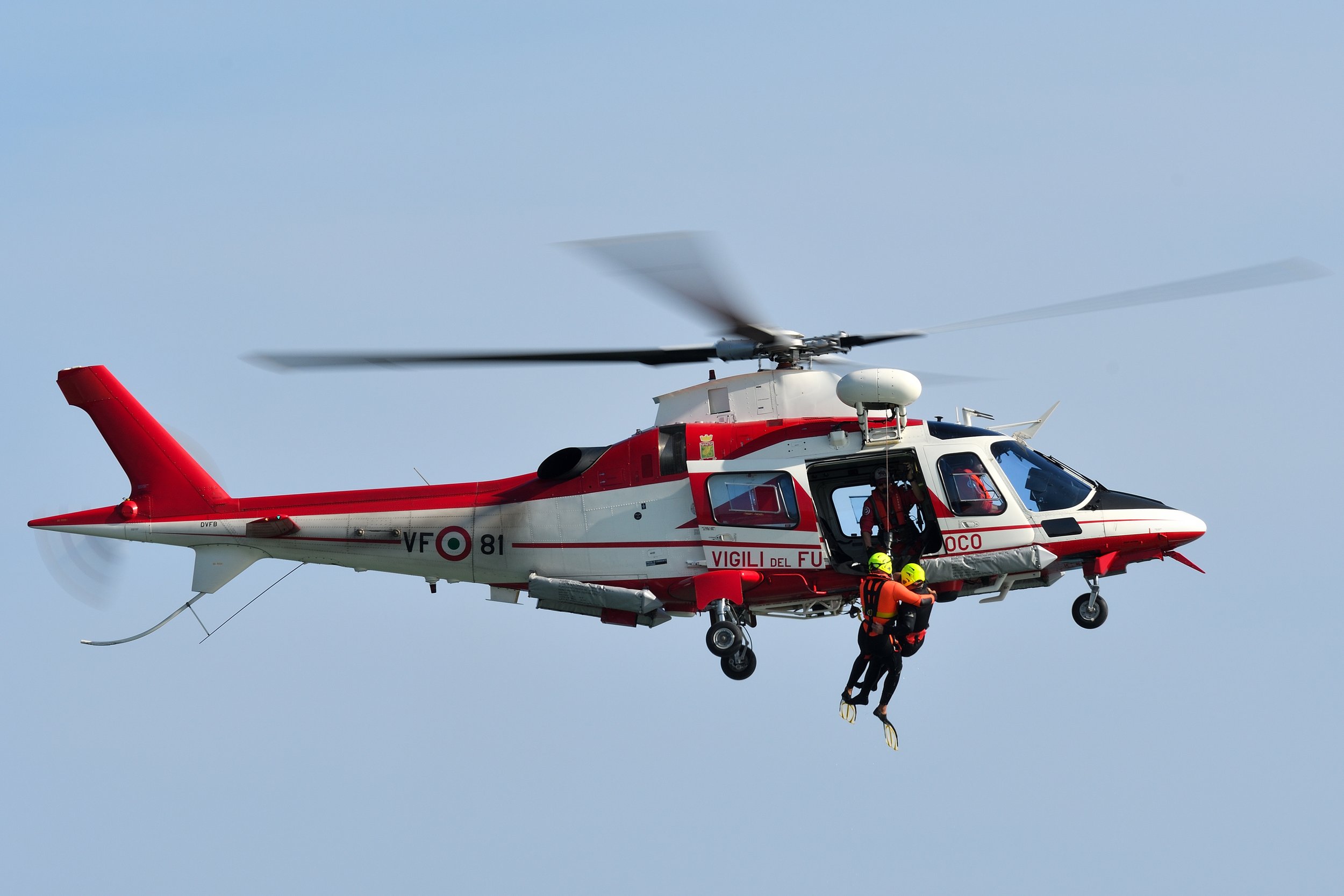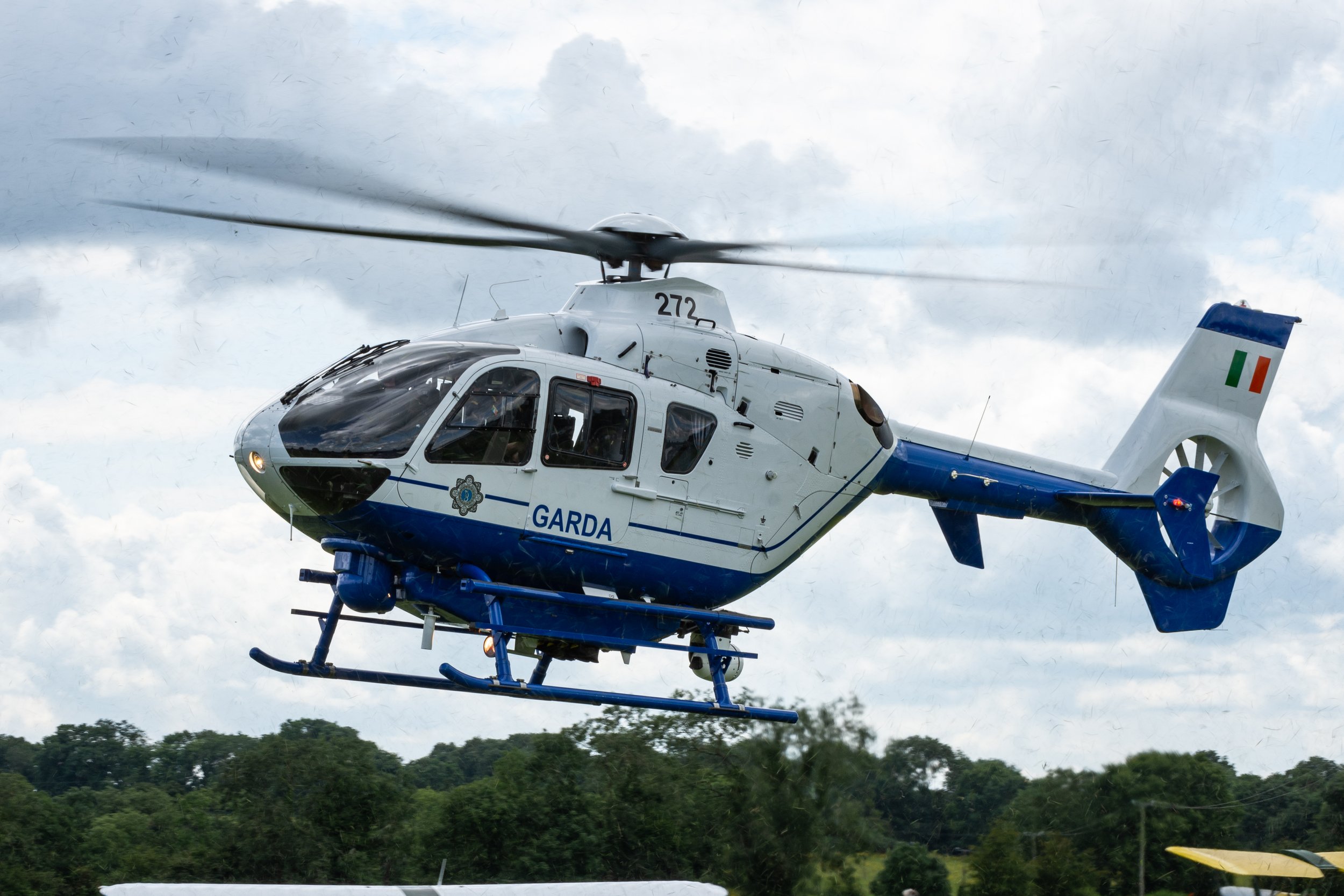German Army Aviation Corps H135
Country
Germany
Aircraft
H135 T1
Base
Buckeburg Air Base
Airbus Helicopters H135 T1
The Eurocopter EC135 (now Airbus Helicopters H135) is a twin-engine civil light utility helicopter produced by Airbus Helicopters (formerly known as Eurocopter). It is capable of flight under instrument flight rules (IFR) and is outfitted with a digital automatic flight control system (AFCS). First flying on 15 February 1994, it entered service in 1996 and 1,400 have been delivered up to September 2020 to 300 operators in 60 countries, accumulating over 5 million flight hours. It is mainly used for helicopter emergency medical services, corporate transport, law enforcement, offshore wind support, and military flight training. Half of them are in Europe and a quarter in North America. The H135M, certified under the name Eurocopter EC635, is a military variant.
The H135 is a twin-engine rotorcraft. It can be alternatively powered by a pair of Turbomeca Arrius 2B or Pratt & Whitney Canada PW206B engines, dependent on the customer's preference (which gives either a T or a P, respectively, in the variant name). The main rotor is of a four-bladed, hingeless fibre-composite design; progressive improvements to the main rotor have increased its performance and reduced maintenance costs since the type's introduction. The EC135 holds the distinction of being the quietest helicopter in its class, featuring an anti-resonance isolation system to dampen vibration from the main rotor. The type's fenestron anti-torque device can be actively regulated via a HI NR rotor optimization mode, which provides for greater controllability during higher weight take-off and landings. It is capable of performing Category A operations throughout its full flight envelope.
The EC135 can be equipped with either a conventional flight deck or the Avionique Novelle glass cockpit – the latter allows for single-pilot instrument flight rules operation. The glass cockpit is equipped with several liquid-crystal displays, including two Sextant SMD45 displays and a central panel display. The main avionics suite is supplied by Thales Group; the EC135 can be outfitted with various avionics suites from manufacturers such as Russian firm Transas Aviation and British firm Britannia 2000.
The newer H135 model can be equipped with a four-axis autopilot, which is included as part of the Helionix avionics suite; this suite provides the H135 with a greater level of commonality with several other Airbus Helicopters-produced rotorcraft including the H145, H160 and H175. Earlier versions of the EC135 were equipped with a three-axis autopilot with integrated stability augmentation; featuring a First Limit Indicator (FLI), simplifying engine and torque monitoring. Cockpit touch screens can be optionally installed.
Various cabin and cockpit configurations are available for the EC135, depending on the role performed and the operator's preferences. It can hold up to five passengers and a pilot when configured with a standard executive interior, or seven passengers in a dense corporate interior. Modular multi-role interiors that allow the main cabin area to be quickly changed and re-equipped are also available. The main cabin of the EC135 is accessed either by large doors on either side of the cabin or by clamshell doors located at the rear of the cabin, directly underneath the aircraft's tail boom; the clamshell doors are particularly attractive to emergency medical services (EMS) and cargo operators. Various medical facilities can be installed in the cabin, such as in-flight intensive care stations (including resuscitation functionality), incubators, and hygiene-convenient flooring. In a mountain rescue configuration, the cabin can simultaneously accommodate two stretchers as well as the pilot, anaesthetist, winch operator, mechanic and mountain rescue specialist.
Airbus Helicopters has promoted the airframe's various configurations as possessing "unique adaptability" for various missions, including utility work, commercial transportation, and training roles. Equipment for the law enforcement role includes external loudspeakers, rappelling system, searchlights with laser pointers, left or right-mounted hoists, and electro-optical sensors. For offshore oil & gas operations, the rotorcraft can be fitted with weather/search radars, emergency floatation aids (including an automated external life raft), energy-absorbent seating, class-D certified external hoists, and crash-resistant fuel tanks. An external hook can be installed to carry underslung loads of up to 272 kg for cargo missions. In a training capacity, features such as a light aircraft recording system (for post-flight analysis), intuitive human-machine interface, specific training modules, and a one-engine inoperative training mode, and full ground simulators, may be selected.
| Back to Top |
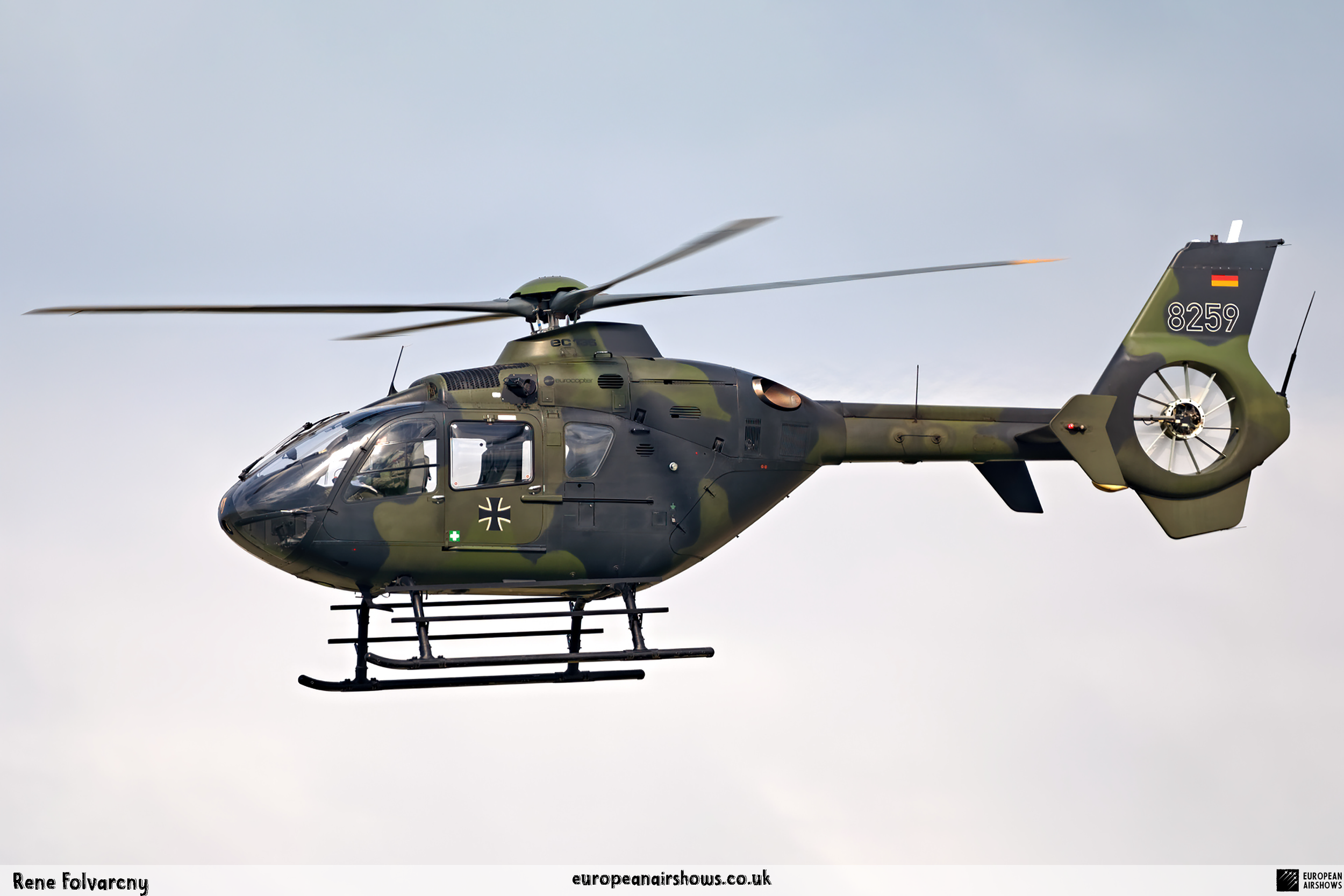

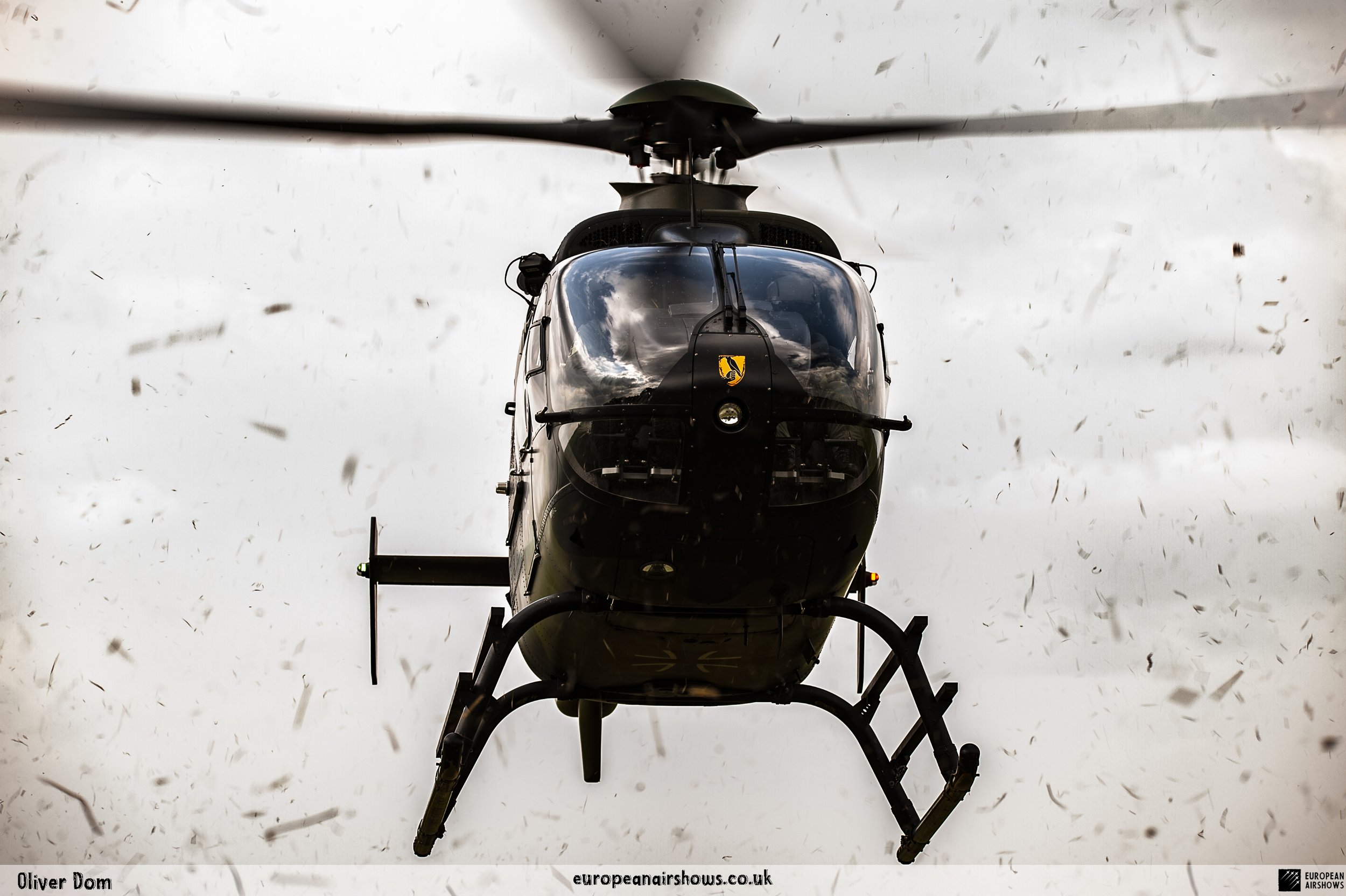
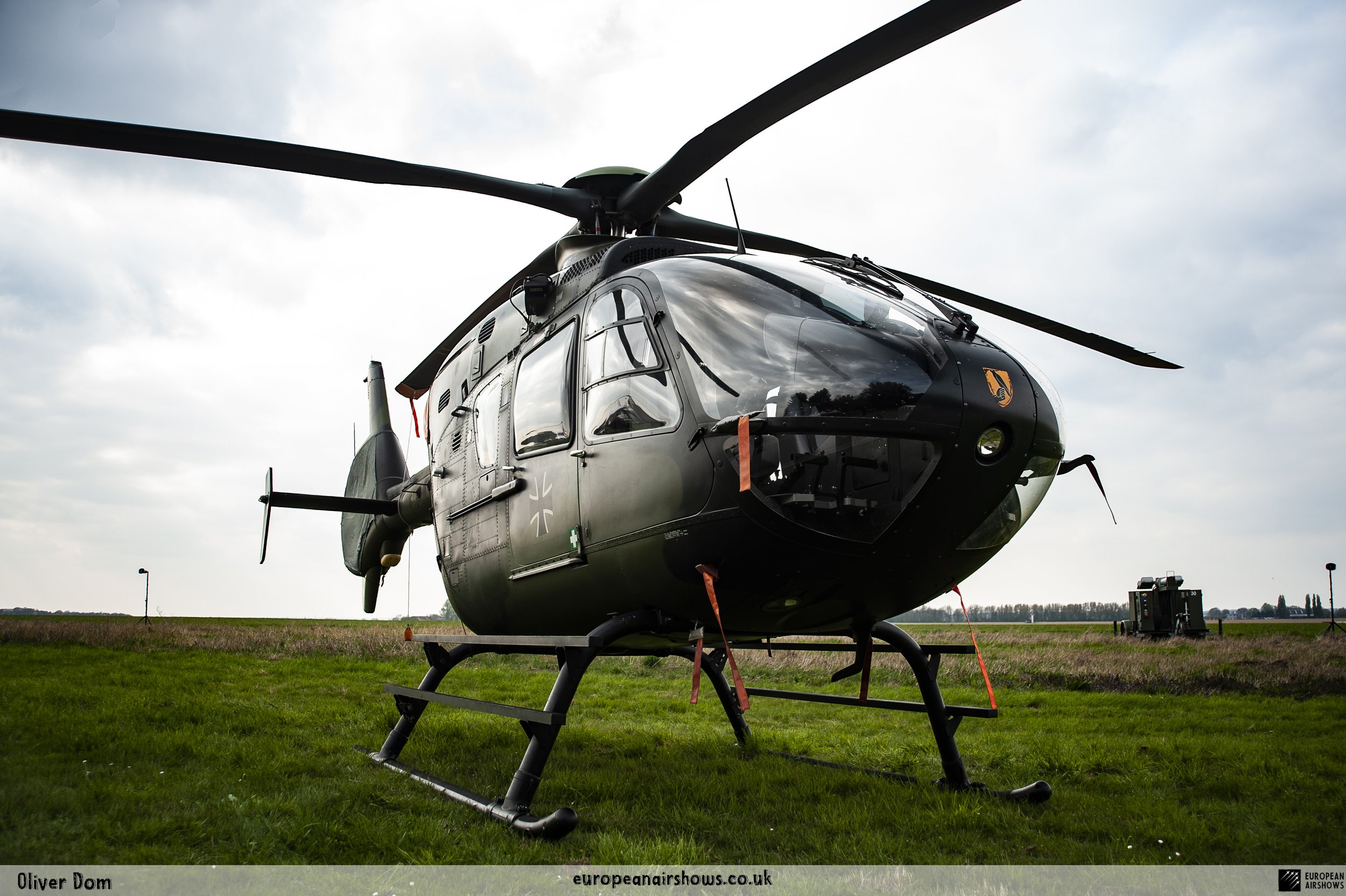
| Back to Top |




























